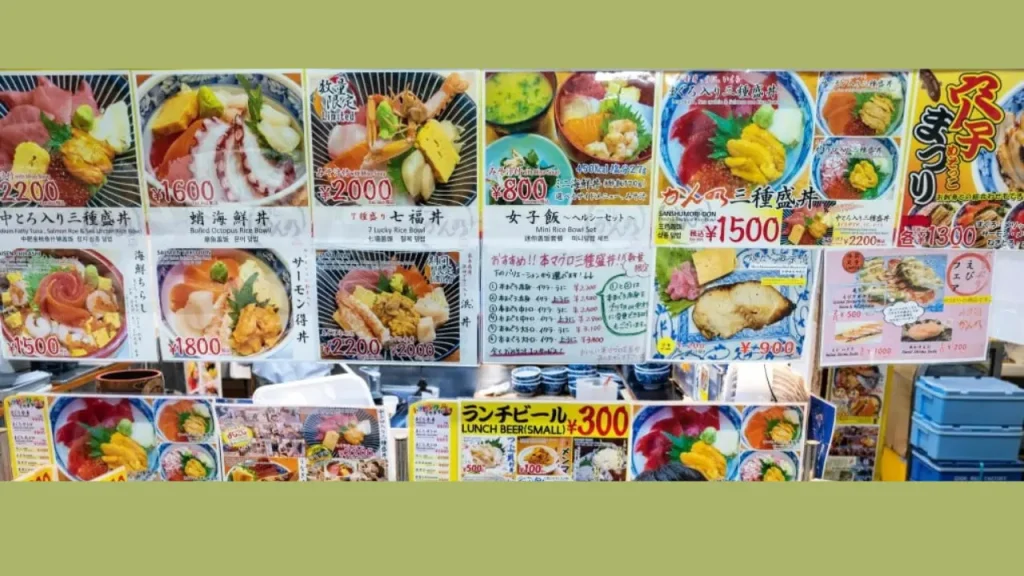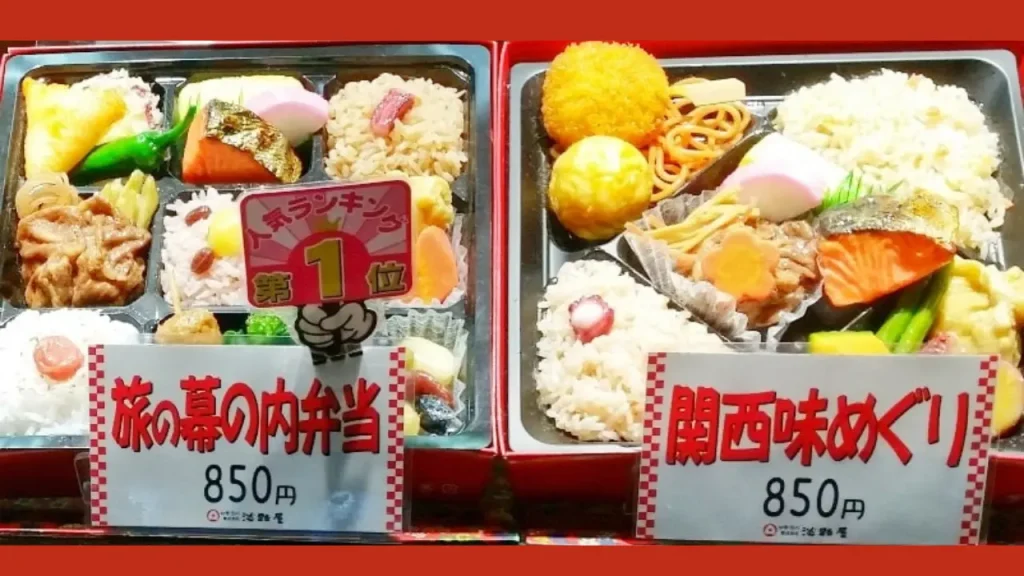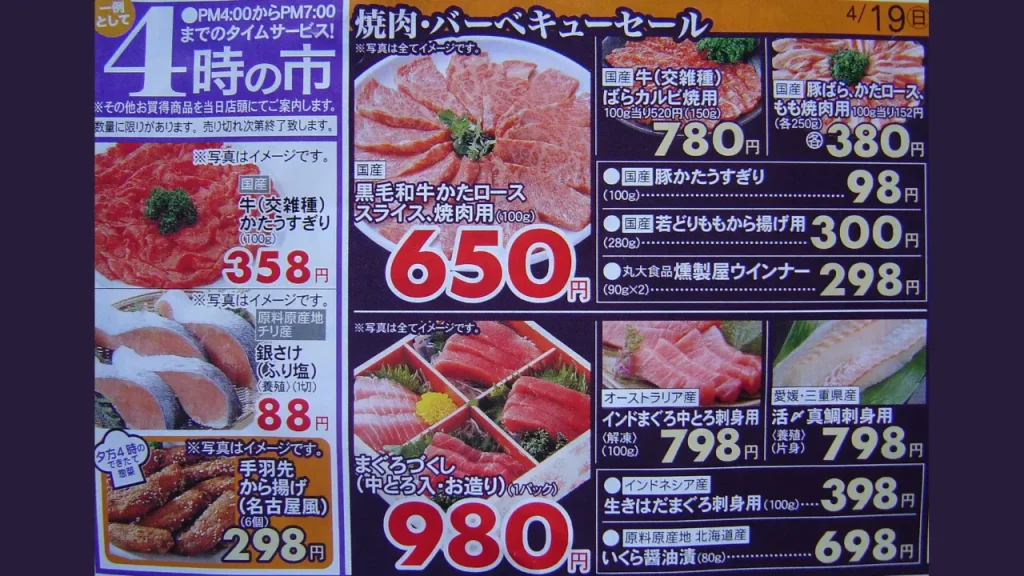In 2025, the Japan food price situation is a daily concern for locals, students, and travelers. From sushi to ramen, the cost of everyday meals has shifted due to rising rice prices, extreme weather, and changing consumer habits. Understanding the current cost of your favorite Japanese foods can help you plan meals or trips more effectively.

Sushi
Sushi remains one of Japan’s most iconic and beloved dishes. However, Japan food price changes are evident even here. A basic plate of sushi from a conveyor belt restaurant (kaitenzushi) starts around ¥110 per plate. At mid-range spots, a 10-piece sushi set with miso soup can cost ¥1,200–¥2,000. High-end omakase meals exceed ¥10,000, but budget options are still available at chains like Sushiro. Despite the inflation in seafood imports, locals find ways to enjoy sushi affordably, especially during lunch hour specials.
Ramen
Ramen shops are a staple in every Japanese city. This noodle soup ranges from ¥600–¥1,200 depending on toppings and region. In 2023, you could enjoy ramen for around ¥700, but now that same bowl might cost ¥850–¥950. Rising pork and wheat costs pushed this increase. That makes ramen another example of the increasing Japan food price trend in 2025.
Bento Boxes

Bento meals remain one of the most affordable choices for office workers and students. You can find packed meals at 7-Eleven, FamilyMart, or Lawson starting from ¥400, with premium options hitting ¥700–¥900. These boxes contain rice, meat or fish, vegetables, and pickles. They are filling and still cost-effective compared to eating at restaurants. The bento industry adapts well, keeping Japan food price stable here, even as raw material prices climb.
Tempura and Donburi
Tempura, light battered and fried seafood or vegetables, is a popular dish for lunch or dinner. A tempura set meal at a casual chain can cost ¥900–¥1,200. Donburi, or rice bowls topped with beef (gyudon), chicken (oyakodon), or tempura (tendon), still offer good value. Gyudon chains like Sukiya or Yoshinoya serve bowls for as low as ¥400–¥650, though portion sizes have slightly shrunk to keep up with Japan food price increases.
Japanese Curry Rice
Curry rice is one of the most eaten home meals in Japan. However, this year, the ingredients have surged in cost. A single portion now averages ¥420–¥450, up from ¥365 last year. Rice inflation, due to poor harvests, and the rising cost of imported curry roux blocks are to blame. Even though curry is simple and comforting, it reflects the broader Japan food price rise felt in many households.
Street Food

If you stroll through Osaka’s Dotonbori or Tokyo’s Asakusa, you’ll see street food like takoyaki, taiyaki, and yakitori.
- Takoyaki (octopus balls): ~¥500–¥700 for 6 pieces
- Taiyaki (fish-shaped cake): ~¥200–¥300
- Yakitori (grilled chicken skewers): ~¥150–¥200 each
Compared to 2020, these snacks have risen in price by 10–15%, especially in tourist-heavy areas. Still, they remain affordable options for quick bites.
Popular Japanese Foods
| Japanese Food Item | Average Price (¥) | Approx. USD |
|---|---|---|
| Conveyor-belt sushi plate | 110–150 | 0.80–1.10 |
| Mid-range sushi set | 1,200–2,000 | 8.50–14.00 |
| Ramen bowl | 600–1,200 | 4.30–8.60 |
| Convenience store bento | 400–700 | 2.80–5.00 |
| Tempura set meal | 900–1,200 | 6.40–8.60 |
| Gyudon (beef rice bowl) | 400–650 | 2.80–4.70 |
| Curry rice (homemade) | 420–450 | 3.00–3.20 |
| Takoyaki (6 pcs) | 500–700 | 3.60–5.00 |
| Taiyaki (1 pc) | 200–300 | 1.40–2.10 |
| Yakitori (1 skewer) | 150–200 | 1.10–1.40 |
Japanese Households Are Coping
Many families now cook at home more and shop later to find discounts. Yellow sticker deals after 7:00 p.m. can knock 30–50% off perishables. Also, budget-conscious shoppers choose seasonal vegetables and local rice brands. These small changes help reduce the impact of rising Japan food price on monthly budgets.
Locations
| Location | Venue/Restaurant Name | Type of Japanese Food | Notes |
|---|---|---|---|
| Orchard Road | Genki Sushi (Plaza Singapura) | Conveyor Belt Sushi (Kaitenzushi) | Affordable and popular among youth |
| Tanjong Pagar | Teppei Japanese Restaurant | Omakase, Sashimi, Donburi | Known for value-for-money omakase |
| Clarke Quay | Ramen Keisuke Lobster King | Lobster Broth Ramen | Unique ramen offerings |
| Suntec City | Ichikokudo Hokkaido Ramen | Hokkaido-style Ramen | Halal-certified Japanese ramen |
| Jewel Changi Airport | Sora Japan Gourmet Hall | Multi-vendor Japanese cuisine | Great for variety and ambience |
| Takashimaya (Ngee Ann City) | Japan Food Town | Soba, Tempura, Yakitori | Premium imports and chefs from Japan |
| Bugis Junction | YAYOI Japanese Teishoku | Set Meals (Teishoku) | Balanced meals with rice and soup |
| Raffles City | Tonkatsu by Ma Maison | Pork Cutlet (Tonkatsu) | Crispy tonkatsu with miso soup |
| Vivocity | Sushi Tei | Sushi, Sashimi, Bento | Family-friendly Japanese dining |
| Tampines 1 | Menya Musashi | Ramen (Tokyo-style) | Rich and flavorful ramen broth |
Final Thoughts
The Japan food price situation remains complex. Some meals stay affordable, while others rise due to supply issues or fuel costs. Sushi and ramen prices rise gently, but curry rice shows sharper hikes due to its dependence on rice and imports. Still, Japan offers budget choices across cities, from conbini meals to donburi chains.



